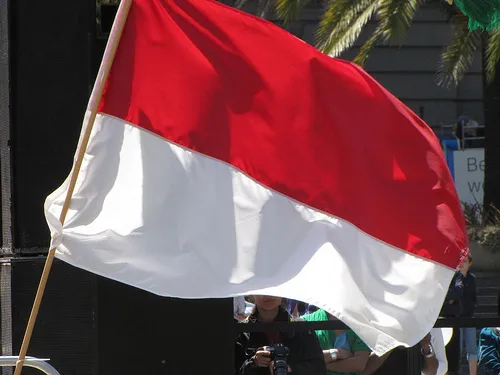
3 ways Indonesia can adjust external accounts
Hopefully this will help the rupiah vs the greenback.
According to DBS, 4Q GDP growth reached 6.1% YoY, taking full-year 2012 growth to 6.2%, a shade below 6.5% in the preceding year. Although annual GDP growth for 2012 is at a 3-year low, the firm argues that 6.2% is still a very strong number considering external headwinds.
In fact, net exports contributed negatively to headline growth and the effect was largely offset due to a surge in investment and private consumption expenditure.
Growing the domestic economy at such a brisk pace actually places strain on the external accounts. This has been reflected in the swing in merchandise trade balance from a surplus of USD 2.2bn in 2011 to a deficit of USD 1.5bn in 2012.
Here's more from DBS:
This has contributed to strains in USD funding. Unsurprisingly, the rupiah has also been on a weakening trajectory against the USD.
An adjustment in the external accounts can be done through several ways. Firstly, an expected rebound in the Chinese economy should lead to an improvement in export numbers via higher commodity prices.
Secondly, by tolerating a weaker rupiah, the central bank is also making exports more competitive and imports more expensive, facilitating an adjustment in the trade balance.
Thirdly, a more moderate pace of domestic demand growth is actually good from an external stability standpoint as the pace of import growth should also ease.
In fact, the authorities have already tapped on the brakes (through more stringent loan conditions and a hike in the FASBI deposit rate) last year. A continuation of the mild tightening trend is likely for 2013.








![Cross Domain [Manu + SBR + ABF + ABR + FMCG + HBR + ]](https://cmg-qa.s3.ap-southeast-1.amazonaws.com/s3fs-public/styles/exclusive_featured_article/public/2025-01/earth-3537401_1920_4.jpg.webp?itok=WaRpTJwE)









 Advertise
Advertise


